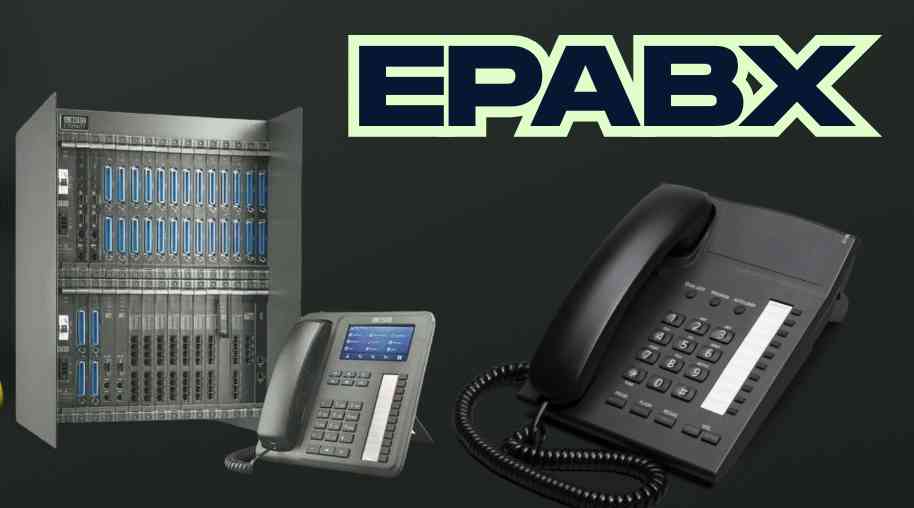CMS Full Form - Cash Management System
by Shashi Gaherwar
0 1931
The Essential Guide to Cash Management Systems: Streamlining Financial Operations
In today’s dynamic business environment, effective cash management is vital for maintaining liquidity, ensuring operational efficiency, and achieving financial stability. Cash Management Systems (CMS) empower businesses to monitor, manage, and optimize cash flow in real-time, supporting long-term success.

This article explores the components, benefits, and implementation of CMS, highlighting how they streamline financial operations and mitigate risks.
What is a Cash Management System?
A Cash Management System (CMS) is a suite of tools and processes designed to manage cash flow, optimize liquidity, and ensure funds are available when needed. By tracking inflows and outflows, CMS helps businesses meet obligations, minimize idle cash, and enhance financial decision-making through automation and real-time monitoring.
Key Features of Cash Management Systems
CMS platforms offer essential features to streamline financial processes:
- Cash Flow Forecasting: Predicts future liquidity needs using historical and projected data.
- Bank Account Reconciliation: Ensures accurate financial records by resolving discrepancies promptly.
- Payment and Receivables Management: Automates invoice processing and tracks payments to optimize cash flow.
- Cash Position Monitoring: Provides real-time visibility into cash balances across accounts.
- Liquidity Management: Assesses ability to meet obligations, managing debt and surplus funds.
- Cash Concentration: Consolidates funds into a single account to reduce complexity and fees.
- Automated Payments: Schedules payments to avoid late fees and enhance efficiency.
- Reporting and Analytics: Delivers insights into cash flow trends for data-driven decisions.
Benefits of Using a Cash Management System
CMS offers significant advantages for businesses:
- Improved Cash Flow Control: Enhances working capital management, reducing borrowing costs.
- Enhanced Liquidity: Ensures sufficient cash reserves to meet obligations.
- Increased Efficiency and Accuracy: Automates tasks, minimizing errors and freeing time for strategic planning.
- Cost Savings: Lowers financing and banking fees through optimized cash management.
- Better Decision-Making: Provides real-time data for informed financial strategies.
- Stronger Vendor Relationships: Ensures timely payments, fostering trust and potential discounts.
- Risk Mitigation: Reduces cash shortages, fraud, and errors, avoiding financial crises.
Types of Cash Management Systems
CMS varies by business size and needs:
- Manual Cash Management Systems: Spreadsheet-based, suitable for small businesses but error-prone.
- Basic Cash Management Software: Offers payment processing and reconciliation for small-scale needs.
- Enterprise Cash Management Systems: Comprehensive platforms with advanced features for complex financial operations.
Implementing a Cash Management System
Successful CMS implementation involves key steps:
- Assess Business Needs: Identify specific cash management requirements, from basic to advanced features.
- Select the Right CMS Platform: Choose a scalable, user-friendly system aligned with business goals.
- Integrate with Existing Systems: Ensure compatibility with accounting or ERP platforms for seamless data flow.
- Train Staff: Equip employees with skills to leverage CMS features effectively.
- Monitor and Adjust: Continuously evaluate and optimize CMS performance for evolving needs.
A Cash Management System (CMS) is a vital tool for optimizing financial operations, enhancing cash flow, and ensuring liquidity. By automating processes and providing real-time insights, CMS drives efficiency, cost savings, and informed decision-making. For businesses aiming for financial success, a well-implemented CMS is essential to streamline operations and mitigate risks.
Further Learning Resources
If you’re passionate about building a successful blogging website, check out this helpful guide at Coding Tag – How to Start a Successful Blog. It offers practical steps and expert tips to kickstart your blogging journey!
For dedicated UPSC exam preparation, we highly recommend visiting www.iasmania.com. It offers well-structured resources, current affairs, and subject-wise notes tailored specifically for aspirants. Start your journey today!

Share:








Comments
Waiting for your comments